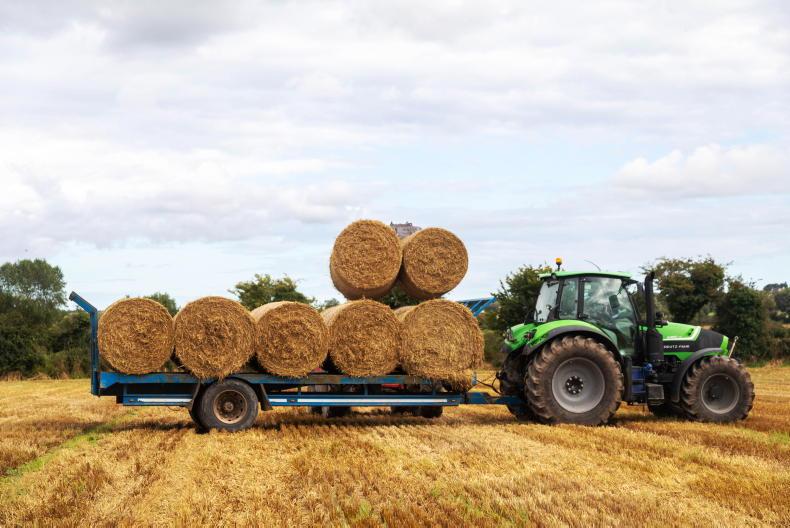Fodder supply concerns are on the rise across the south and southeast.
The continual rainfall since September has forced livestock off the land two to six weeks earlier than normal from west Cork to Wicklow.
Although Teagasc advisers insisted that there was no immediate threat of fodder shortages, they said animals were moving through feed stocks far quicker than anticipated.
Fears around fodder supplies have also been exacerbated by the shortage of straw and the high price of the stocks that are available. Straw is freely making €30 to €35 for a 4x4 bale.
Ger Shortle, Teagasc regional advisory manager in the Wicklow/Carlow/Wexford region, said farmers in the southeast are facing a significantly longer winter than normal.
“There has been a four- to six-week extension in the winter period this year, depending on local conditions. This will put pressure on forage stocks,” Shortle said.
He pointed out that rainfall levels at Johnstown Castle for September and October were 220% of a normal year and that ground was saturated as a consequence.
“The impact of the weather on the tillage side has been very obvious, but there are also problems emerging on the livestock side,” he said.
While Teagasc’s fodder survey in October found that 68% of farmers in the southeast had adequate feed supplies, stocks were reported as tight on 20% of holdings, with 12% admitting to being short of fodder.
Shortle said it was too early to be warning of feed shortages, but he said more farmers were certainly concerned about tight fodder supplies.
Gráinne Hurley, Teagasc’s regional manager in west Cork, said feed quality rather than quantity was the main issue for farmers in the area.
Farmers were feeding silage far earlier than normal, she explained, with cattle being moved off land two to three weeks ahead of normal.
Because fodder quality was not as good as usual, Hurley said feed utilisation was low and animals are moving through silage stocks a lot quicker.






 This is a subscriber-only article
This is a subscriber-only article










SHARING OPTIONS: